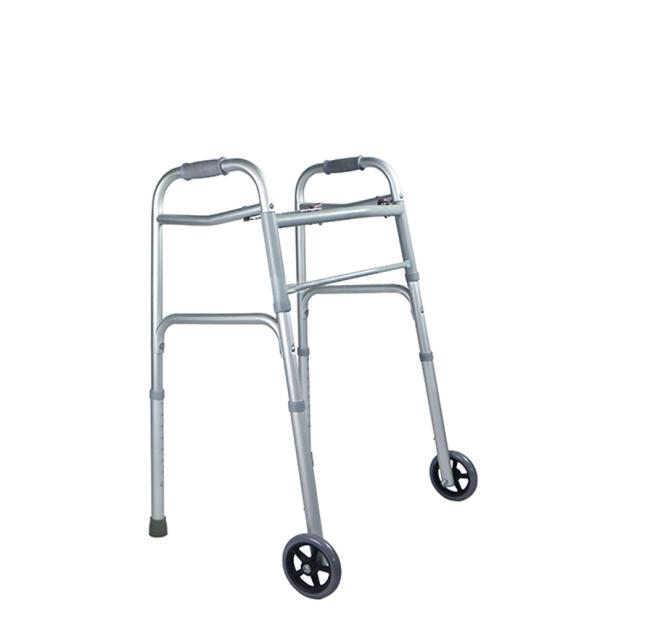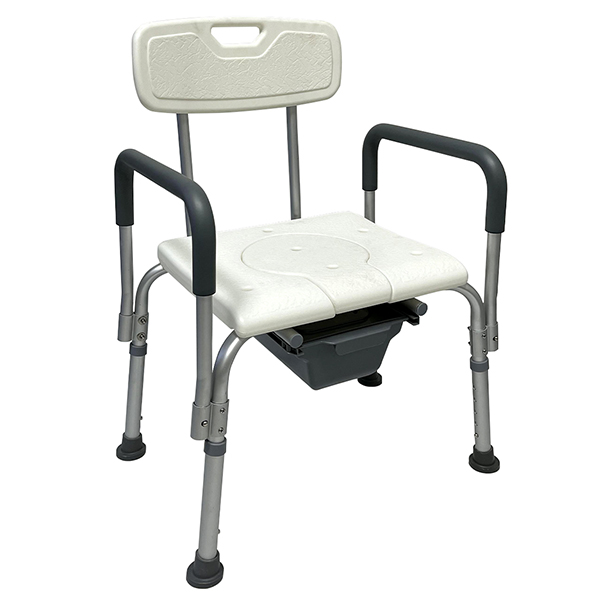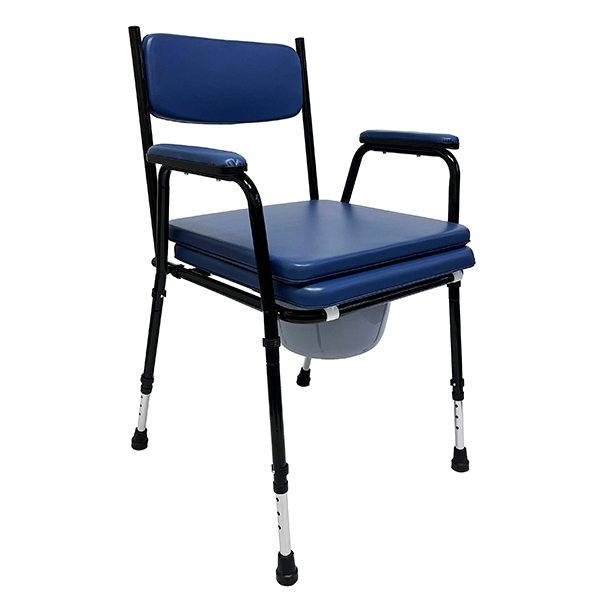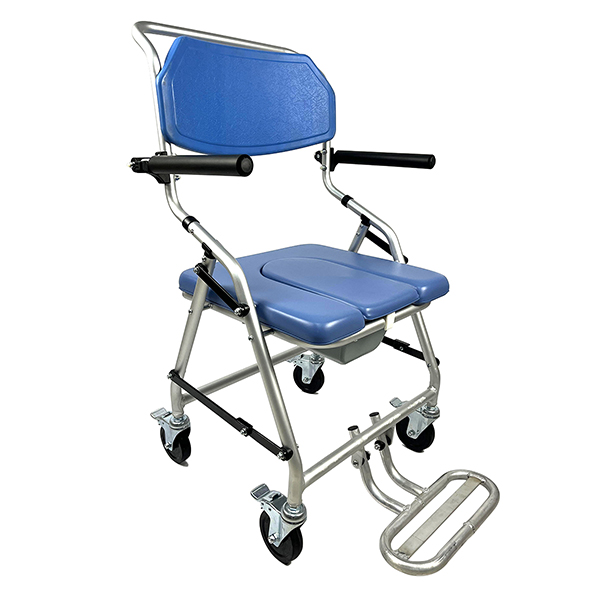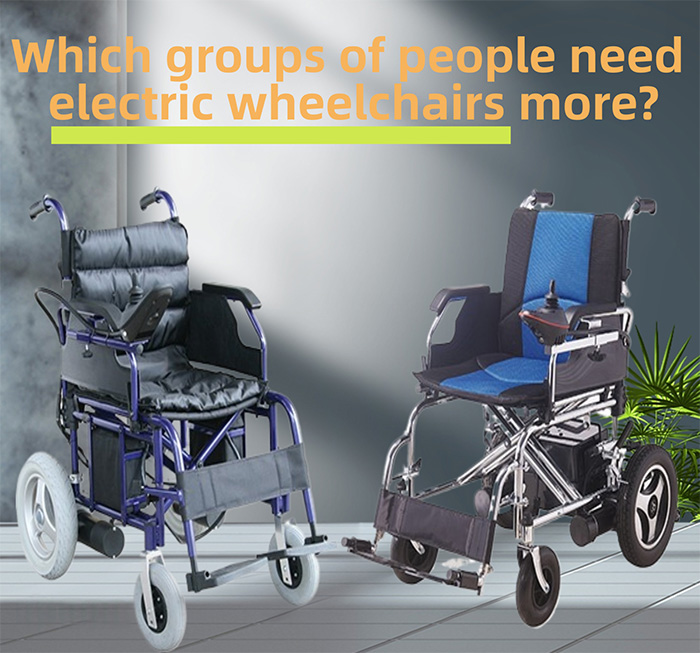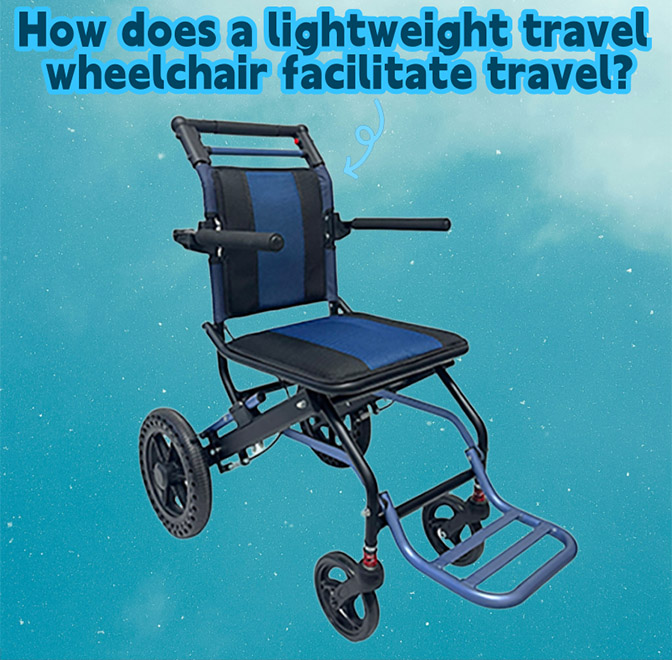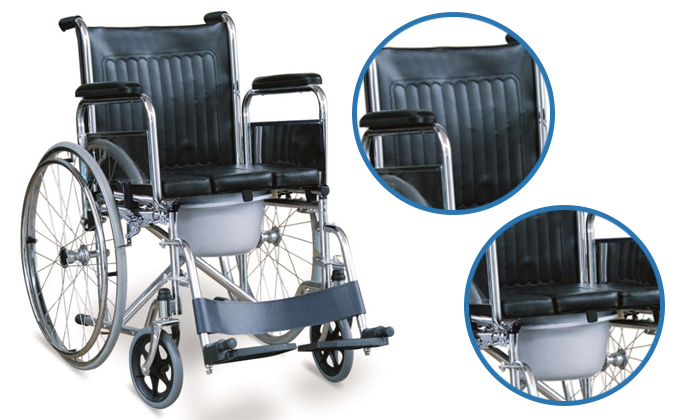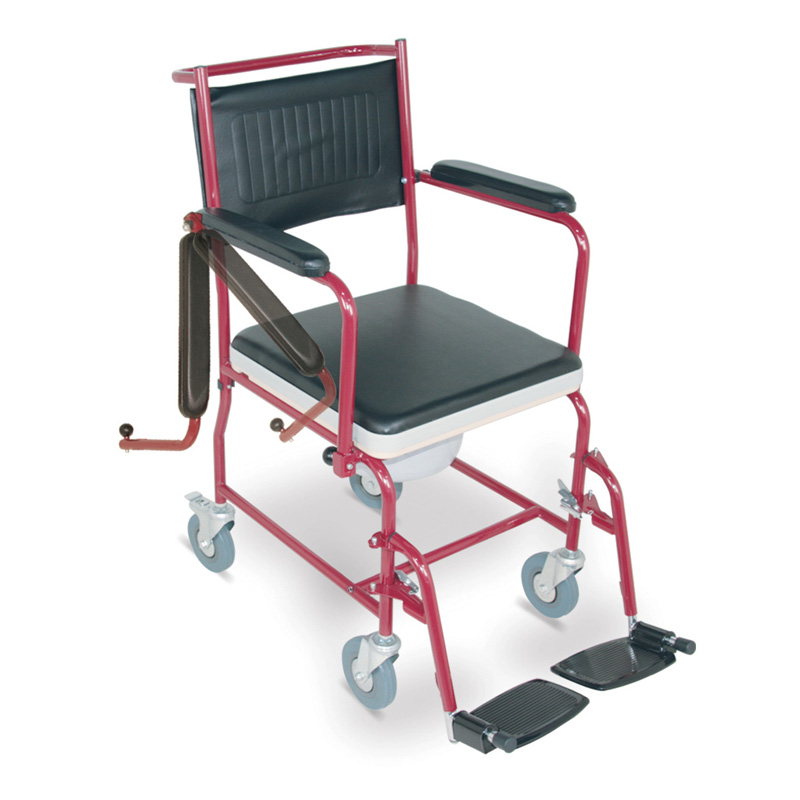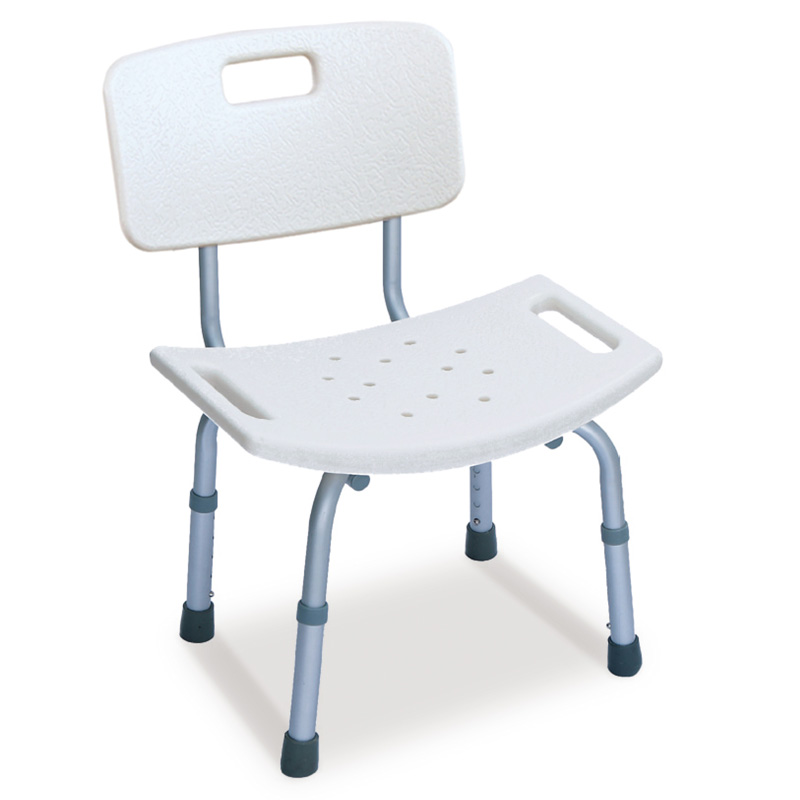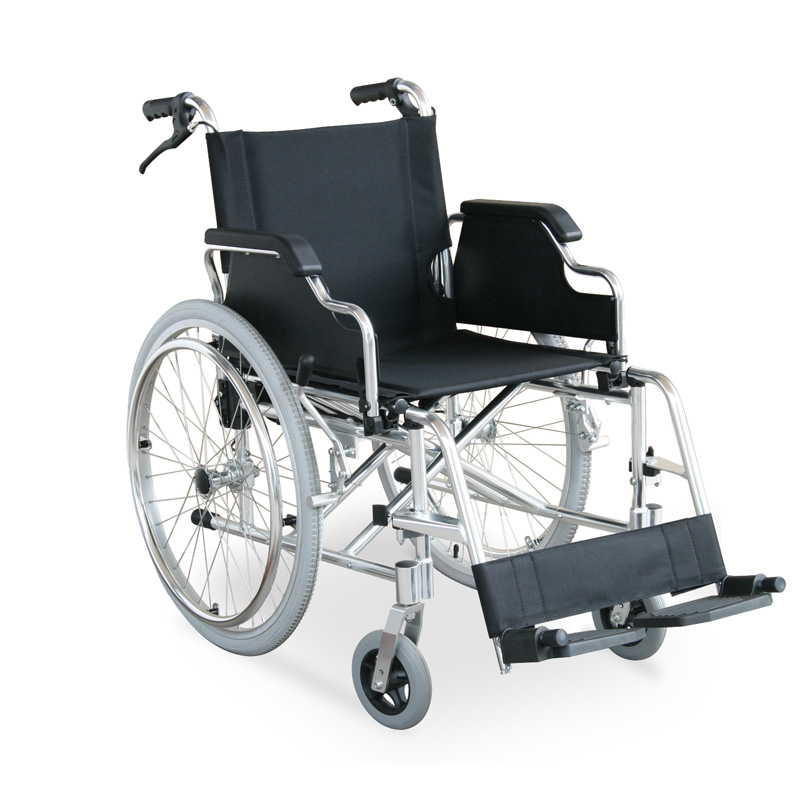Est-il préférable d’utiliser des béquilles ou un déambulateur pour marcher ?
2025-03-12 04:57
Les béquilles et les aides à la marche ont chacune leurs caractéristiques, leurs utilisations et leurs inconvénients. Si la blessure est légère ou si la mobilité est légèrement réduite et qu'une plus grande flexibilité est requise, les béquilles peuvent être un meilleur choix ; pour les personnes à mobilité très réduite et souffrant de troubles de l'équilibre, les aides à la marche offrent un soutien et une sécurité plus fiables.
Is it better to use crutches or a walking frame when walking?
In our lives, we often see people with limited mobility using assistive devices to help them walk. Crutches and walking frame are two of the most common ones. It not only improves the convenience of movement, but also ensures safety to a large extent. So, is it better to use crutches or a walking frame when walking?
Crutches: a small and flexible right-hand man
Features:The biggest feature of crutches is that they are small and light and easy to carry. Crutches usually consist of a sturdy shaft and a handle. Some crutches are also equipped with adjustable height to meet the height requirements of different users. Common types of crutches include single crutches, axillary crutches and elbow crutches. Single crutches have a simple structure and are held in one hand when used. They mainly rely on the strength of one arm to support the body; axillary crutches are supported by the armpits and can share more body weight; elbow crutches are supported by the elbows.
Uses:Crutches are widely used in daily life. For mild lower limb injuries, crutches can help them reduce the weight of the injured part during recovery, allowing the injured limb to get enough rest while maintaining a certain degree of mobility. For some elderly people, when they feel that their stability is slightly reduced when walking, crutches can provide additional support and enhance their sense of safety when walking. In some scenarios where temporary assistance is needed for walking, a simple crutches carried with you can quickly play a role.
Disadvantages:However, walking stick are not perfect. When using walking stick, users need to have a certain upper limb strength and balance ability. For people with weak upper limb strength, long-term use of walking stick will cause arm soreness. Moreover, the support area provided by crutches is relatively small and the stability is limited, especially when the road surface is uneven or the walking speed is slightly faster, using walking stick will easily cause the risk of losing balance and falling.

Walking frame: A partner that provides comprehensive support
Features:Walking frame are generally made of aluminum frames with multiple support points at the bottom, usually four. The overall structure of the walking aids is larger and more stable than a crutch walking stick.The height of the walking frame can also be adjusted to suit users of different heights. walking frame with wheels can slide easily, making it easier for users to move, while walking frame without wheels require users to lift them up and move forward.
Use:Walking frame are suitable for people with severely limited mobility and poor balance. Walking frame can provide them with a large area of support. Walking frame can reduce the risk of injury during walking. For some elderly people who are old and weak, walking aids can give them all-round support.
Disadvantages:Les inconvénients des aides à la marche sont évidents. Tout d'abord, elles sont encombrantes et peu pratiques à transporter. Se déplacer dans un espace restreint peut également poser de nombreuses difficultés. Ensuite, leur vitesse d'utilisation est relativement lente, ce qui peut gêner les utilisateurs dans certaines situations nécessitant une intervention rapide. De plus, la structure de leur châssis nécessite un espace plus grand pour les utiliser.

Différences entre les béquilles et le déambulateur
Support et stabilité :Les béquilles reposent principalement sur la force d'un membre supérieur pour soutenir le corps, avec une surface d'appui réduite et une stabilité relativement faible. Les aides à la marche touchent le sol par plusieurs points d'appui, offrant une surface d'appui plus large, ce qui permet de mieux maintenir l'équilibre du corps. Leur stabilité est nettement supérieure à celle des béquilles. Les aides à la marche sont donc plus adaptées aux personnes souffrant de troubles de l'équilibre et nécessitant un soutien accru, tandis que les béquilles sont plus adaptées aux personnes ayant des problèmes de mobilité légers et nécessitant une plus grande flexibilité.
Portabilité:Les cannes à béquilles sont petites et légères, faciles à plier, à ranger et à transporter. Elles peuvent être utilisées à tout moment et en tout lieu, à l'intérieur comme à l'extérieur. En raison de leur grande taille, certaines aides à la marche sont beaucoup moins portables que les cannes à béquilles, même pliées. Dans les situations où des déplacements ou des sorties fréquentes sont nécessaires, les cannes à béquilles présentent des avantages considérables.
Scénarios applicables :Les béquilles-cannes conviennent aux personnes souffrant de blessures légères et d'une mobilité légèrement réduite, ainsi qu'à certaines situations temporaires nécessitant une aide à la marche. Les aides à la marche sont principalement destinées aux patients à mobilité très réduite et conviennent mieux aux environnements plats et vastes, intérieurs comme extérieurs.
Difficulté d'utilisation :L'utilisation d'une canne requiert certaines compétences et une certaine force des membres supérieurs. Les déambulateurs sont plus faciles à maîtriser grâce à leur surface d'appui plus large et à leur utilisation relativement simple.
Obtenir le dernier prix ? Nous vous répondrons dans les plus brefs délais (sous 12 heures)
